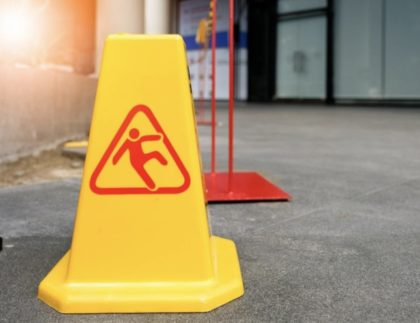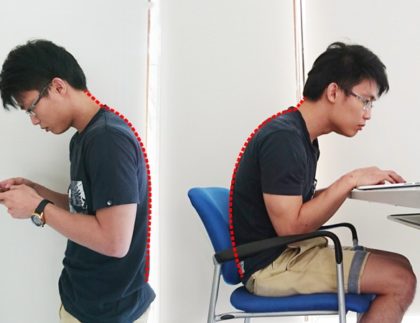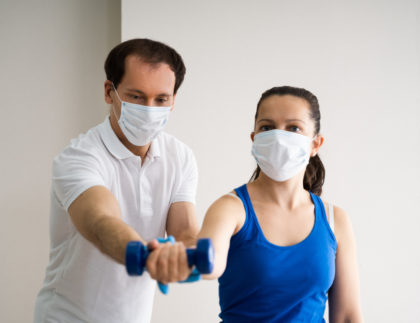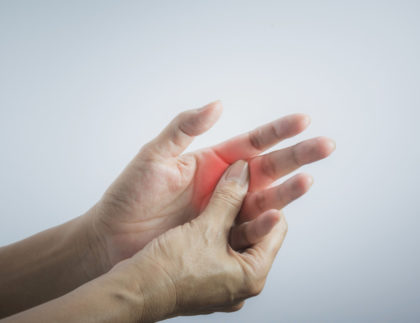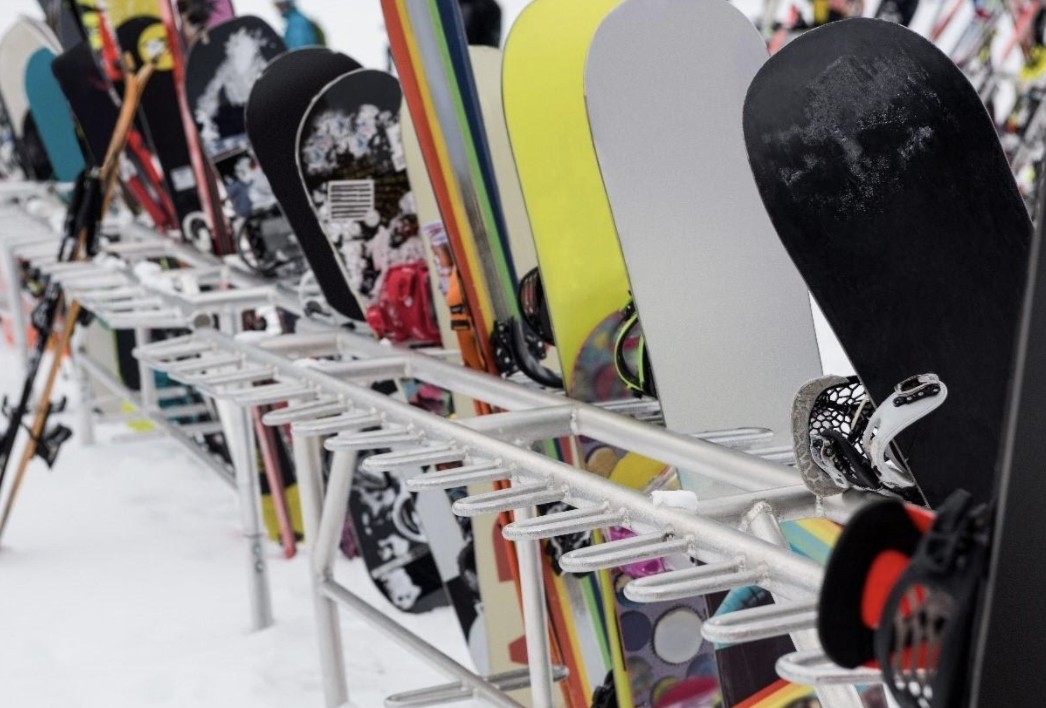
Traumatic skiing and snowboarding injuries can affect multiple body parts including your spine, knee, ankle, shoulder, pelvis, wrist, and hands. Overuse injuries are also widely reported including shin splints, back pain, patellofemoral pain, Achilles tendonitis, and ankle and wrist sprains.
In 2019, knee injuries are the most reported injury in skiers, ranging from 27 to 41 percent of all injuries.1 Of this, ACL and MCL injuries make up 10% to 33% of all ski related injuries. A review by the American Academy of Orthopaedic Surgeons (AAOS) found that 92% of snowboarding injuries were caused by falls.2 Other causes of injury from Alpine sports can include fatigue, muscular imbalances (leg dominance), improperly fitting equipment, and collisions.
Upper extremity injuries are more common among snowboarders while lower extremity injuries occur more often among skiers. This is explained by the differing equipment used and mechanisms of falling. Forward falls from snowboards result in dislocations of the shoulder whereas skiers are more likely to injure their knees and thumbs.
Preparing the body to be as efficient as possible begins before you go. The ideal program should be targeted to muscular endurance, overall strength, and enhanced balance. Performing these activities year-round will allow your body to properly respond to the unusual demands of these snow sports.
A sport-specific conditioning program covers major muscle groups and mimic motions on the slopes to assist in preventing these common winter sports injuries and keep you feeling your best on the slopes.
As with all exercise programs, you need to use common sense when performing your routine and start every session with a proper warm up. It is always advisable to check with your doctor before beginning any fitness program.
Better. Begins. Here. Let us help you stay on the slopes longer and prevent the risk of injury from skiing and snowboarding with sport-specific conditioning. Try this simple Y balance test to assess your readiness for the slopes:
- Place tape on the floor in the shape of a Y or place three markers on the floor.
- Stand on one leg with your knee slightly bent and move the other leg in each direction along the Y (forward, side, behind) as far as you can.
Y Balance Pre-Test:
If you are having difficulty controlling any portion of the movement, please contact H&D Physical Therapy to schedule a screen. We will work with you to design a personalized sport-specific program that addresses your specific needs.
References:
- https://www.ncbi.nlm.nih.gov/pmc/articles/PMC6299353/
- https://www.researchgate.net/publication/321580362_Comprehensive_Review_of_Skiing_and_Snowboarding_Injuries
